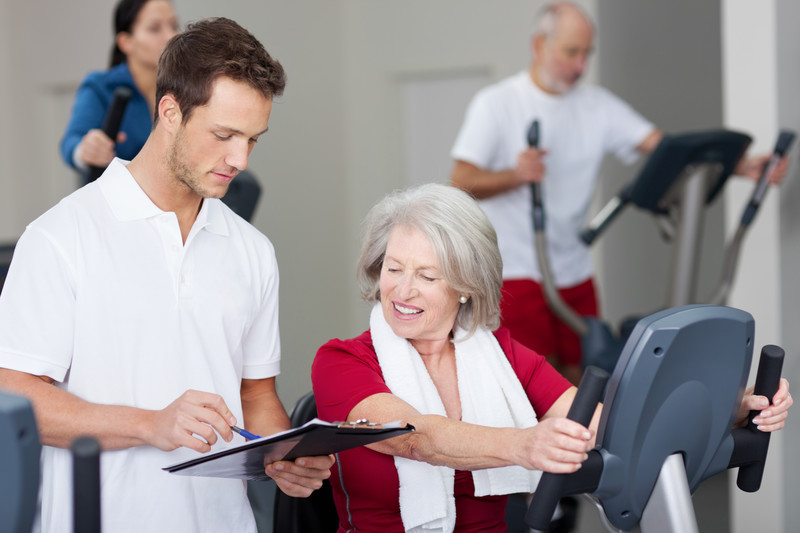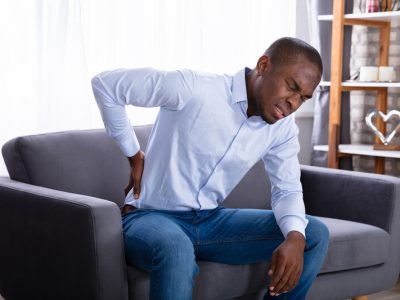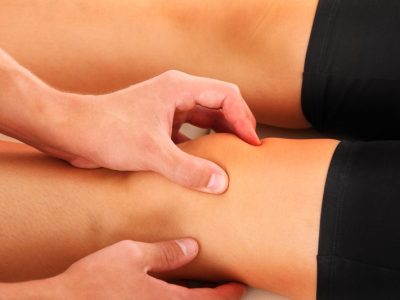
There are millions of people who suffer from chronic pain. While many people turn to pharmacological or invasive treatments to seek relief and help manage the condition, there are others who focus on alternative treatments. There are many alternative treatment options that those with chronic pain can engage in, but knowing which ones most people have had success with may make it more appealing.
A new study in Comparative Effectiveness Review, published in April 2020
The researchers updated a prior report they had issued from 2018 (1). Their report looked at how effective noninvasive non-pharmacological treatments were for helping people with chronic pain. In Addition from September 2017 through September 2019 published multiple sources that conducts assessment, in which they selected 223 randomized controlled trials.
The review of the treatments focused on five common types of chronic pain
- chronic low back pain
- chronic neck pain
- osteoarthritis pain
- fibromyalgia
- chronic tension headache
Overall, they found that exercise, acupuncture, mindfulness practices, massage, mind-body practices, and multidisciplinary rehabilitation consistently improve function and/or chronic pain conditions.
In conclusion The study shows which noninvasive non-pharmacological treatments work best for each of the five conditions:
Chronic low back pain – Psychological therapies provided small improvements, while exercise, low-level laser therapy, spinal manipulation, massage, yoga, acupuncture, and multidisciplinary rehabilitation helped improve function over a short and intermediate term.
Chronic neck pain – Exercise was associated with long-term general improved function, with Pilates improving .
Osteoarthritis pain – Exercise was associated with small improvements in function and pain for the short and long term.
Fibromyalgia – Exercise, mind-body practices, multidisciplinary rehabilitation, tai chi, and acupuncture, resulted in functional improvements. Exercise, cognitive behavioral therapy, mindfulness practices, and multidisciplinary rehabilitation improved the pain.
Chronic tension headache – Short-term pain relief resulted from spinal manipulation.
This study offers good news for those who suffer from all kinds of chronic pain, but specifically the five conditions the researchers evaluated. It gives people hope that there are noninvasive non-pharmacological treatments for chronic pain that they can explore. In addition having some of these treatment options as part of a pain management plan is a good idea. They are cost-effective, easy to engage in, but have few if any side effects, and will likely bring some relief to people.
Source:
- Comparative Effectiveness Review. Noninvasive Nonpharmacological Treatment for Chronic Pain. April 2020. https://www.ncbi.nlm.nih.gov/books/NBK556229/







